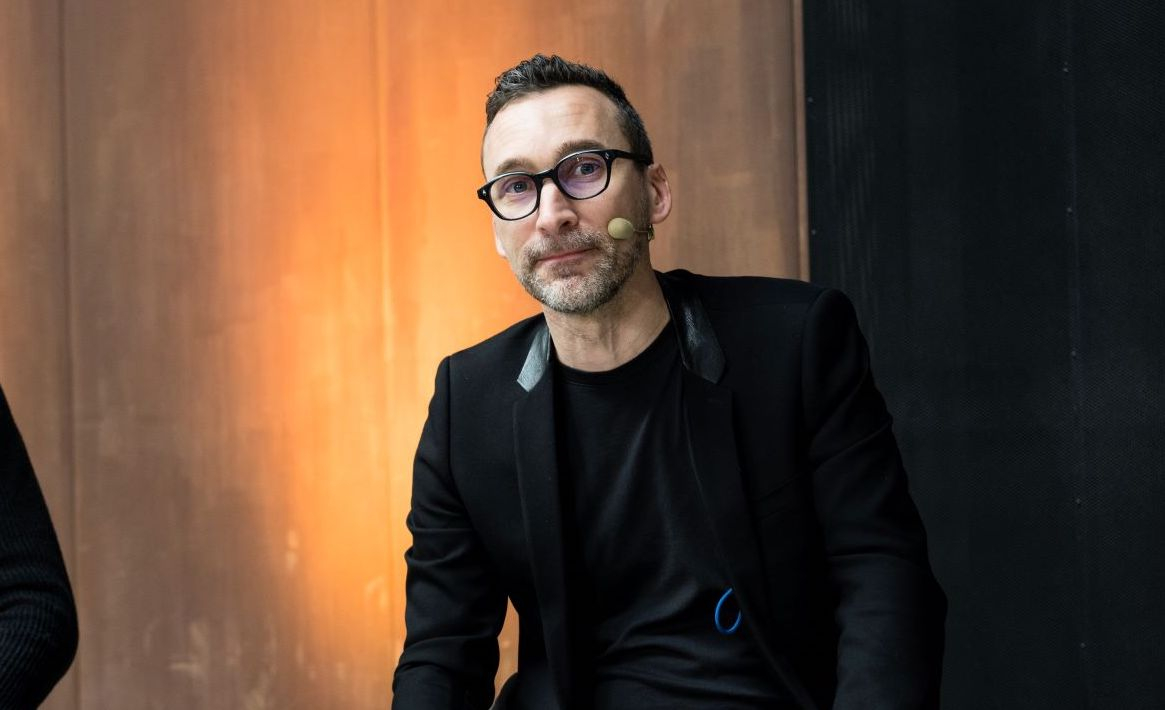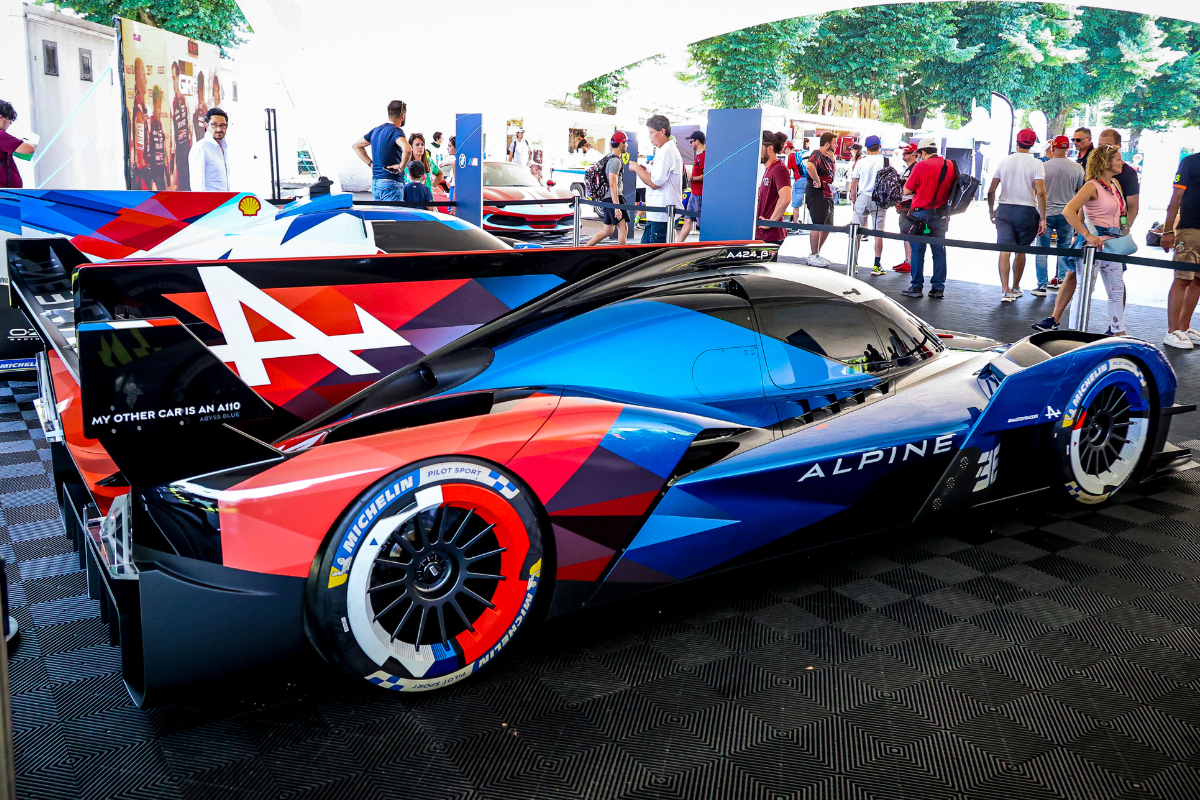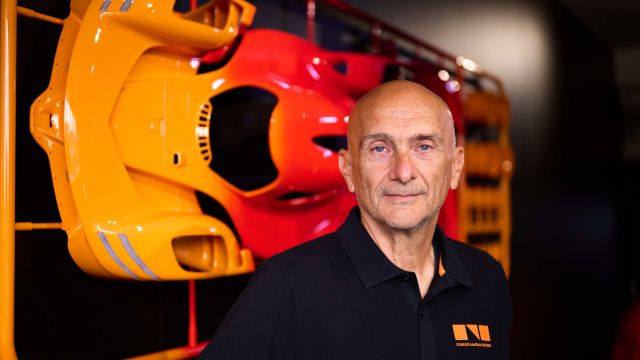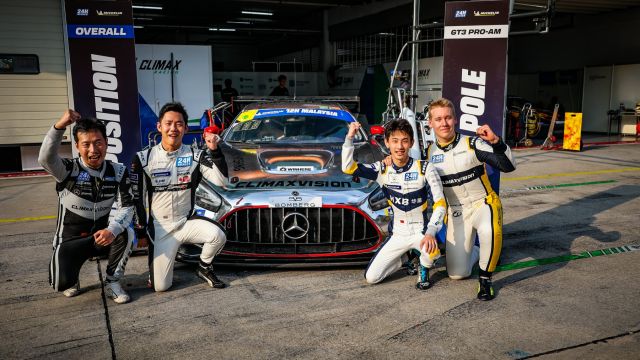Raphaël Linari (Alpine A424) : "Unprecedented proportions for an Alpine"
What role has design played in the A424_β’s development?
We have been progressively integrated into this project. We started working on the first sketches in 2021 before being in touch with Oreca. We got one of their chassis at the end of the year to have a base on which to design an Alpine. We spent a whole year there as we needed a learning phase to understand all the constraints involved with regard to proportions and attitude as the driving position dictates the configuration of many associated volumes. We then produced a synthesis, which was refined as the aerodynamic tests progressed. They paced the stylistic development to sculpt the A424_β shape, both literally and figuratively, as we had to enter a mandatory performance window. It was a long-term project, but tremendously rewarding.
What were your guidelines for this spectacular design?
Our vision was to have an pure body, like a road-going supercar. We tried to be efficient, so we simplified, smoothed and purified the surfaces as much as possible to avoid adding volumes and heterogeneous elements. It is particularly true at the rear. It is the end of the aerodynamic line, where drag should be as fluid as possible. We've kept it as streamlined as possible to emancipate from the cube-like appearance typical of Le Mans prototypes.

What can you tell us about this remarkable light signature?
These light signatures are perhaps the most striking elements. At the front, we were rather unrestricted despite the regulatory requirements on visibility, as it is, in fact, a module of headlamps that must be integrated into a given volume. Meanwhile, the rear was much more restricted. We created a lighting signature specific to our LMDh by reinterpreting the A-arrow and adjusting it to its surroundings in the lower section. When a competitor is following us, the onboard camera won't be able to miss this A-arrow. It sends a strong message at the front and an impacting one at the rear.
What are the links with Alpenglow?
Both projects have fed off each other in a way. Alpenglow has the same codes as the LMDh for a road-going concept-car free of any technical or homologation constraints, for instance. We drew our inspiration from the sides of Alpenglow while carrying over some of the work done on the Alpine A110 for the A424_β.

Does the challenge really differ from your daily routine?
More than different, it was unprecedented. Engineering firms usually design these prototypes. On our side, we don't necessarily have the same approach as a racing car constructor. For series production, all the surfaces come from the design by synthesising all the technical constraints of our suppliers and factories. Contrary to our usual approach, race engineering takes over the manufacturing of moulds and parts. We had to design a car that isn't usually designed. The constraints linked to performance are always easy to accept as we are an integral part of the 'band of racers' who want to see Alpine reach the pinnacle. On the other hand, the LMDh economic model requires budgetary rationality in terms of servicing and operation by a privateer team. Therein lies all the complexity, but we succeeded in creating a modern object of unprecedented proportions for an Alpine.
What has this adventure been like for you?
It's an incredible honour and an immense privilege to design the Alpine that will compete in the 24 Hours of Le Mans. We enjoyed ourselves, despite the 'traditional' clash of cultures between designers and engineers. When faced with emerging constraints, designers will try to smooth out surfaces to absorb them, whereas an engineer might be happy with a last-minute bump. It is just one example, but there is an approach to harmonising and synthesising volumes. We all managed to work in the same direction. It would have been irrelevant to propose concepts contrary to performance, but we wanted this car to be as Alpine as possible despite the mandatory technical base. We managed to strike the right balance with this iconic Alpine, which I am immensely proud of.






Comments
Log in to comment the article